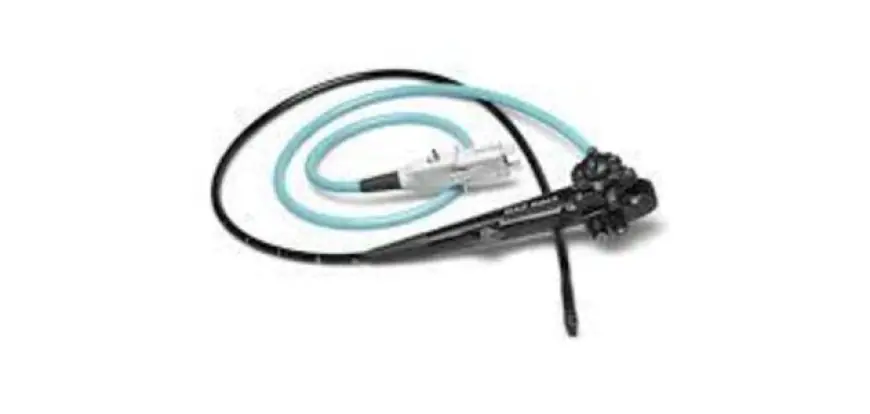Endoscopy Devices Market Developments Driven by AI, Robotics, and Imaging Innovations
Recent developments in the endoscopy devices market highlight the integration of AI, robotics, and advanced imaging technologies. These innovations are improving diagnostic precision, procedural safety, and patient outcomes, while also creating opportunities for healthcare providers to enhance service delivery and manufacturers to strengthen competitive positioning globally.

The endoscopy devices market is experiencing rapid technological progress, with new developments transforming how diagnostic and therapeutic procedures are conducted across hospitals and clinics. As demand for minimally invasive care grows, companies are investing heavily in innovations that blend hardware with advanced digital systems, making endoscopy more precise, efficient, and accessible.
One of the most notable developments is the growing role of artificial intelligence in endoscopy. AI-assisted systems are increasingly being used to detect polyps, lesions, and abnormalities during gastrointestinal procedures with higher accuracy than traditional visual examination. This not only reduces the risk of oversight but also standardizes diagnostic quality across healthcare providers. The adoption of AI tools is expanding globally, setting a new benchmark in patient safety and diagnostic reliability.
Robotics is another area where significant progress is being made. Robotic-assisted endoscopy allows for enhanced maneuverability, greater precision, and reduced fatigue for physicians performing complex procedures. These systems are being rapidly adopted in specialized hospitals where precision is critical, particularly in cancer diagnostics and treatment interventions.
Meanwhile, imaging technologies continue to evolve, with 4K resolution, 3D visualization, and capsule-based cameras becoming mainstream. Capsule endoscopy, in particular, represents a breakthrough for non-invasive diagnostics, providing patients with comfort and physicians with detailed imaging of the gastrointestinal tract without the need for sedation or invasive procedures.
Other key developments include the rise of single-use or disposable endoscopes designed to reduce infection risks, a pressing concern in hospital settings. This shift toward disposables is not only enhancing patient safety but also changing purchasing models for healthcare providers, creating recurring revenue opportunities for manufacturers.
In conclusion, ongoing developments in the endoscopy devices market underscore the transformative role of AI, robotics, and next-generation imaging. These innovations are shaping a new era of diagnostics and treatments that are safer, faster, and more patient-friendly, reinforcing endoscopy’s central role in modern medicine.
What's Your Reaction?
 Like
0
Like
0
 Dislike
0
Dislike
0
 Love
0
Love
0
 Funny
0
Funny
0
 Angry
0
Angry
0
 Sad
0
Sad
0
 Wow
0
Wow
0



















































